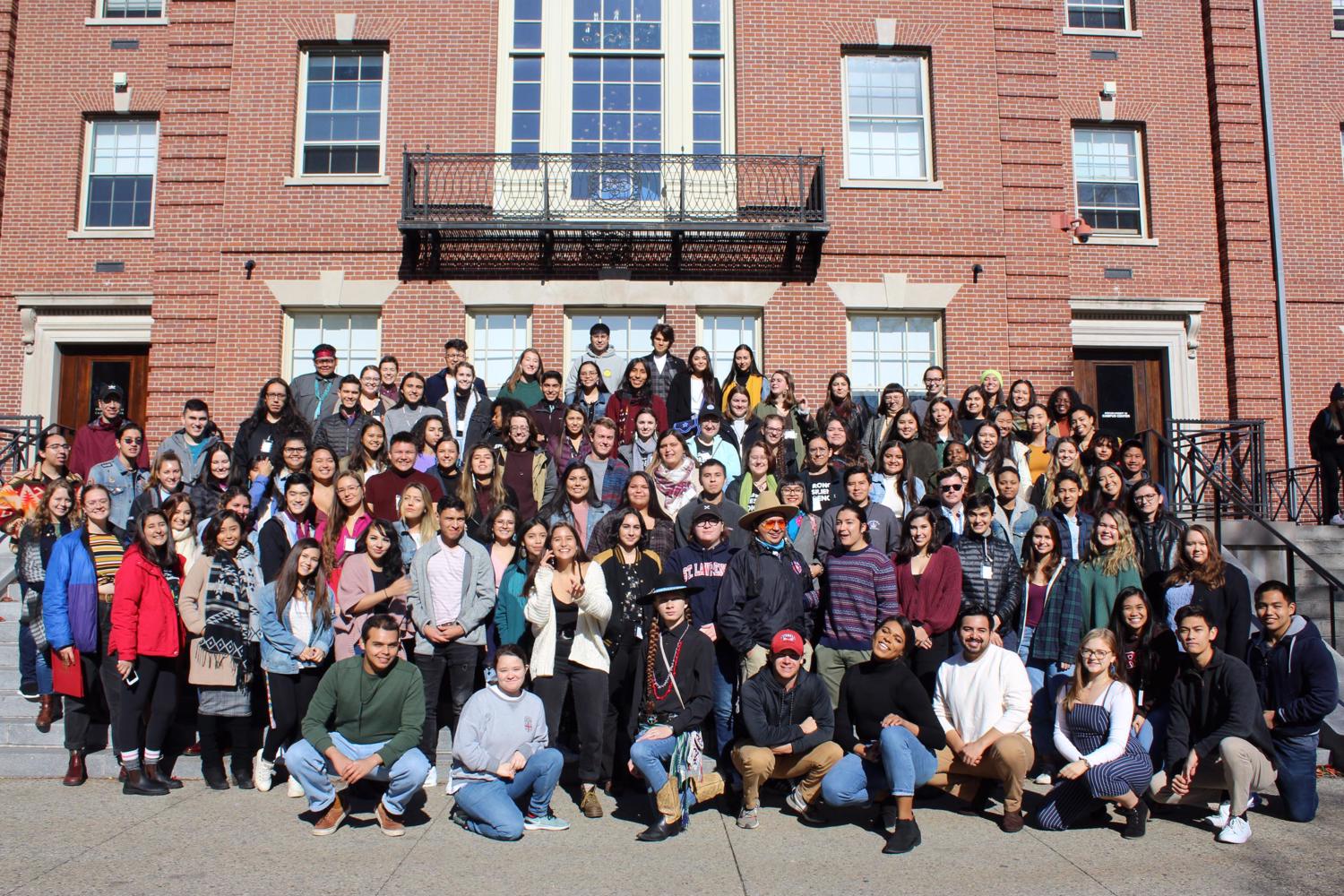For this case study, I will also be analyzing two different communities that have struggled with culturally and racially biased standardized testing. In Canada, the students at the Ontario Elementary school struggled with culturally biased standardized testing that does not accurately reflect the student’s knowledge (Abawi, P.1). At Ontario Elementary, they have Indigenous students who feel as if their norms and knowledge is being silenced by standardized tests that focus on “Eurocentric epistemic norms and knowledge” (Abawi, P.1). In this article, they highlight that not all standardized testing is harmful, but the main one like the Education Quality and Accountability test does harm students who come from different backgrounds because it values “Eurocentric knowledge as the only way of knowing” (Abawi, P.3).
The second community that I analyzed was the African American community in Chicago public schools. In this article, they point out that “African American students historically never obtained scores as high as their white counterparts” (Ford, 2012). This reminds me of Love’s book and how she recognized that America was created for white people to thrive as a result, people of color such as African Americans and Native Americans will have a harder time trying to succeed in this country (Love, 2019, P.13). This country was not made for people of color to succeed, and standardized testing has followed in a similar path because the tests were made to suit “white middle to upper class, monolingual Americans” (Ford, 2012). Standardized tests are culturally, racially, and socially biased because they focus on white middle-class Americans. As a result, Native American and African American students will struggle more because they do not have the same common knowledge as their white peers.

Image: Sunshine Eaton
